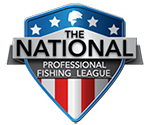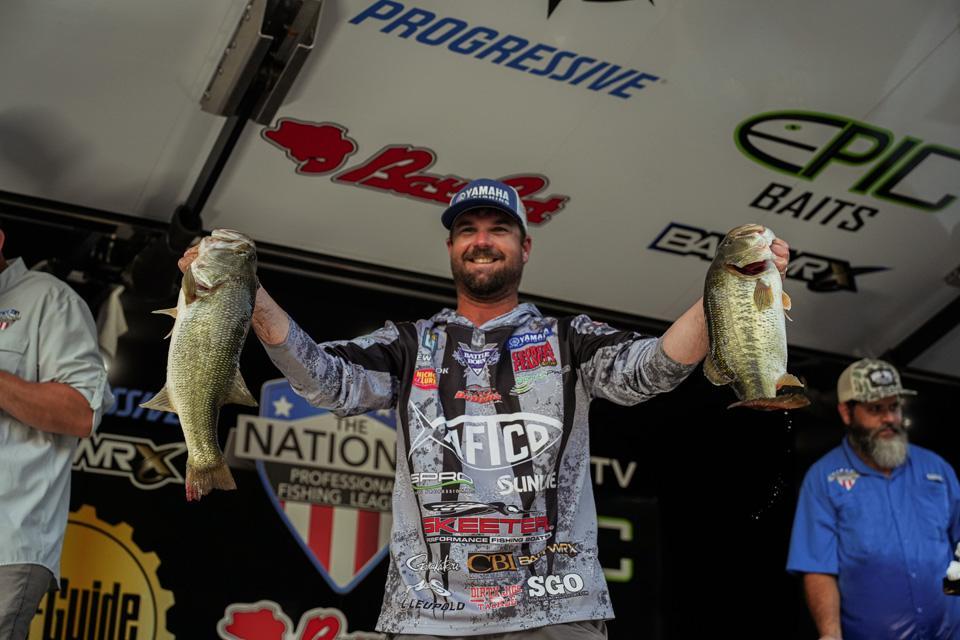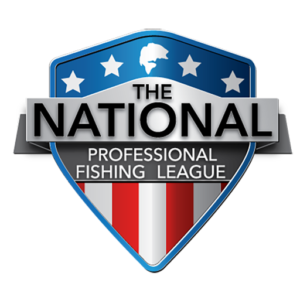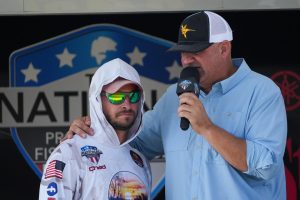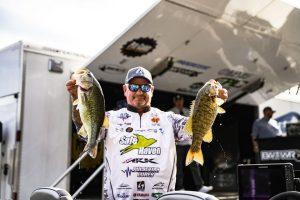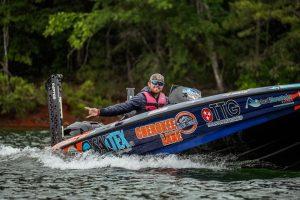By Ken Duke
Welcome back to “A Closer Look,” the regular feature that takes a deeper than ordinary dive into bass fishing and tournament competition because numbers tell a story, and it’s a story you can’t find anywhere else.
Last time we took a closer look at the importance of bringing a limit of five bass to the scales each day and just how critical that is to having any chance at all of winning a tournament or racking up Progressive Angler of the Year points.
This time we’re looking at bass size, and no serious fans of tournament bass fishing will be shocked to find that catching numbers of bass is also a big key to catching quality fish and to posting good weights on stage.
Why? After all, we tend to think of anglers as either targeting numbers or targeting big fish. But that’s not true in tournament fishing — at least not at the highest levels of tournament fishing among the very best anglers.
The reason is simple. The more bass you catch, the more you cull, and the more you cull, the heavier your bag will be at the end of the day.
Don’t believe it? Take a look at the overlap between the angler list in the numbers story and in this story. It’s mostly the same anglers.
Let’s dive into the numbers.
After three tournaments this year, the NPFL field has weighed in nearly 4,500 bass weighing almost 11,000 pounds for an average fish weight of 2.41 pounds.
Here’s the list of anglers who are weighing in the heaviest average bass:
# Angler Avg.
1. Drew Cook 3.29 pounds
2. Kyle Welcher 3.22
3. Patrick Walters 3.21
4. Isaac Peavyhouse 3.08
5. Jason Burroughs 3.06
6. Hunter Sales 3.05
7. Zack Birge 3.05
8. Bailey Gay 3.01
9. Will Harkins 2.93
10. Trent Palmer 2.88
I’ll save you the trouble of looking things up. Those 10 anglers represent seven of the top 10 in the AOY race and seven of them have limited every day they’ve been on the water this year.
The best at catching better than average bass so far in 2024 is Drew Cook, currently second in the AOY race. At 3.29, his average fish is 57% bigger than the average bass brought to the scales by NPFL competitors.
That’s a huge margin!
Of course, three tournaments and nine competition days is not a large sample size, and those numbers will shift some as the season progresses, but we can be sure of a couple of things.
First, catching bigger than average bass is definitely tied to the overall number of bass an angler catches. Culling is a force multiplier.
Second, successful tournament anglers are rarely the ones who focus exclusively on numbers of fish (their average weight would be too low, and you can only weigh five per day) or on truly big bass (getting five bites in one day from honest to goodness lunkers is beyond unlikely).
The most successful tournament anglers are adept at catching numbers, but also know how and when to go after a “kicker” that will separate them from the pack. Sometimes that opportunity will be early in the day (e.g., during a bed fishing contest and there’s a race to the spawning grounds) and sometimes it comes later, after a limit is already in the livewell and they can afford to make a long run. The best pros develop a system to accomplish this.
Third, tournament format and creel limits are everything. In a conventional bass tournament with a five bass daily limit, such as on the NPFL tour, there’s a balance between numbers and size that’s very different than in a competition with a 10 or 20 bass limit. The larger the creel limit, the greater the value of numbers versus size since it’s typically much easier to catch a lot of small fish than even a few big ones.
And what if the limit was just one bass? In a one bass tournament, lots of fish won’t do you much good. You’d likely fare better by throwing big baits than by using a finesse technique that would garner more bites and allow you to cycle through more fish.
In the earliest days of modern bass tournaments, daily creel limits were 15 bass per day. Under that system, an angler would be best to catch as many fish as possible at least until reaching the limit.
Over time, creel limits dropped — to 10, then seven, and eventually to five, where they’ve mostly been since the early 1990s. Simultaneously, the methods used to succeed in major tournaments have shifted. As creel limits fell, finesse techniques lost value and Flippin’ and pitching came to prominence.
In fact, it’s probably fair to say that the period from the late 1970s to 2020 or so was the “Flippin’ Era.” Sure, other methods won tournaments, but not as often as pitching and Flippin’.
In the last few years, though, live forward-facing sonar has dominated the sport and perhaps ended the Flippin’ Era.
But that’s another subject for another time.
